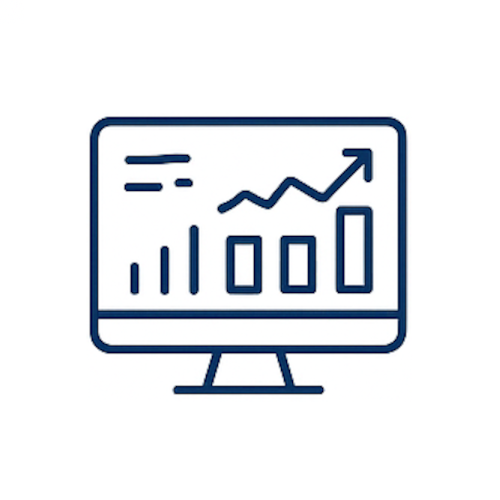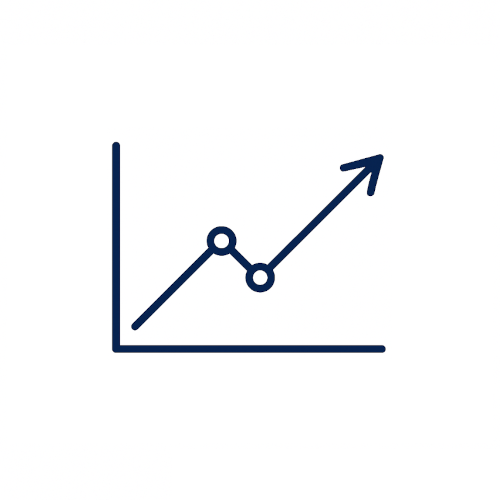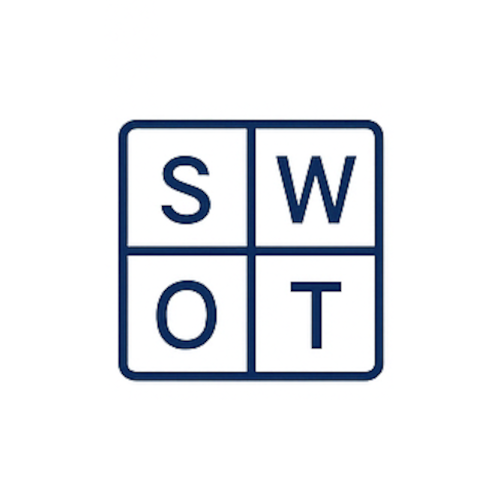Business drivers are fundamental concepts that significantly influence an organization’s behavior, strategy, and overall direction. These drivers encompass a broad spectrum of internal and external factors, shaping how an organization responds to opportunities and challenges in its environment. This article explores the significance of business drivers, their impact on strategic focus, and the advantages of using a platform like Sengi Solutions to manage them effectively.
What Are Business Drivers?
In strategic planning, business drivers are key elements that push an organization toward specific decisions and actions. They can be both internal, such as profit margins and employee productivity, and external, like market trends or regulatory changes. These drivers are essential for identifying the most critical issues an organization needs to address, helping to prioritize strategic initiatives that align with its mission and goals.
The Role of Drivers in Strategic Planning
Business drivers play a critical role in shaping an organization’s strategic focus by determining where resources and attention should be directed. They are closely related to other strategic elements like stakeholders, strategic pillars, and goals.
- Stakeholders: Business drivers often originate from the needs and expectations of stakeholders, including customers, employees, shareholders, and regulators. By understanding which drivers are most important to these groups, organizations can prioritize their initiatives more effectively, ensuring that resources are allocated where they will have the most impact.
- Strategic Pillars: Strategic pillars are the core areas of focus that guide an organization’s long-term strategy. Business drivers, much like these pillars, help organizations identify the critical areas they need to focus on. However, while strategic pillars are derived directly from the organization’s overarching strategy, drivers are influenced by both internal and external forces, which may not always align perfectly with the strategic pillars.
- Goals: Business drivers also play a crucial role in setting specific, achievable goals. For instance, if profitability is a key driver, an organization might set a goal to increase profit margins by a certain percentage within a given timeframe. These goals are often nested within strategic pillars, providing a clear pathway from high-level strategy to actionable objectives.
Internal and External Drivers
Business drivers can be categorized into internal and external forces, each with its specific impact on organizational strategy:
- Internal Drivers: These include factors like profitability, market share, and stock price. Internal drivers are within the organization’s control and are often the focus of continuous improvement efforts.
- External Drivers: External drivers include elements such as regulatory compliance (e.g., GDPR, ISO27001), legal requirements, and market conditions. These factors are outside the organization’s direct control but require proactive management to mitigate risks and capitalize on opportunities.
Differentiating Between Strategic Pillars and Business Drivers
While strategic pillars and business drivers both describe key areas of focus for an organization, they serve different purposes. Strategic pillars are specific to the organization’s strategy and are designed to support its unique value proposition. In contrast, business drivers are broader and often shared across organizations within the same industry, particularly in response to common external pressures like regulation or market dynamics.
For example, multiple companies in the healthcare industry might share the same external drivers, such as regulatory compliance and patient satisfaction, but their strategic pillars could differ significantly depending on their specific business models and strategies. One company might focus on innovation and cutting-edge technology, while another emphasizes cost efficiency and broad accessibility.
Examples of Business Drivers
To better understand the concept, here are examples of both internal and external business drivers:
- Internal Drivers:
- Profit: Ensuring financial sustainability by maintaining or increasing profit margins.
- Market Share: Expanding the organization’s presence in key markets.
- Stock Price: Enhancing shareholder value by driving up the stock price through various strategic initiatives.
- External Drivers:
- GDPR Compliance: Adhering to stringent data protection regulations within the European Union.
- ISO27001 Compliance: Meeting international standards for information security management.
- Legal Financial Compliance: Ensuring all financial activities comply with relevant laws and regulations.
Leveraging Sengi Solutions to Manage Business Drivers
Managing strategic drivers effectively needs the right tools to provide clear insights and support sound decision-making. Sengi Solutions offers a platform designed to help organizations align their strategic pillars and business drivers with their overall objectives, ensuring a well-coordinated approach to planning and execution.
Sengi Solutions enables organizations to:
- Identify and prioritize key business drivers by integrating data from various internal and external sources.
- Align strategic pillars and drivers, ensuring that all levels of the organization are working towards common objectives.
- Monitor risk with external drivers like regulatory requirements, reducing the risk of legal and financial penalties.
- Adapt quickly to changing market conditions by providing real-time insights that inform strategic pivots.
Conclusion
In summary, business drivers are essential for shaping an organization’s strategy and overall performance. By understanding and managing these drivers effectively, organizations can align their strategic initiatives with both internal goals and external challenges. Sengi Solutions provides valuable support to help organizations stay agile, compliant, and responsive to external factors.












